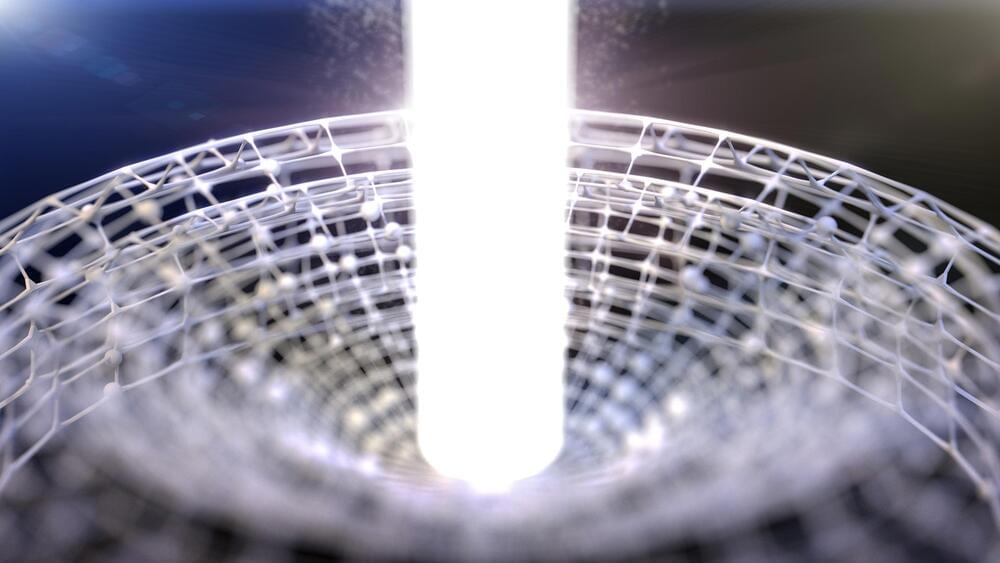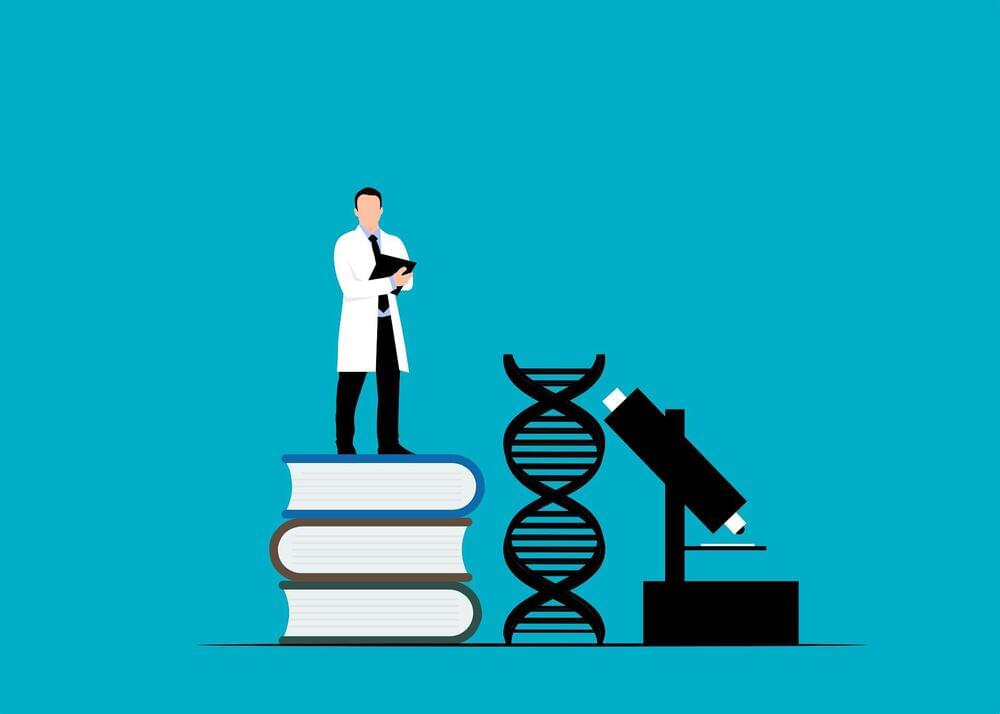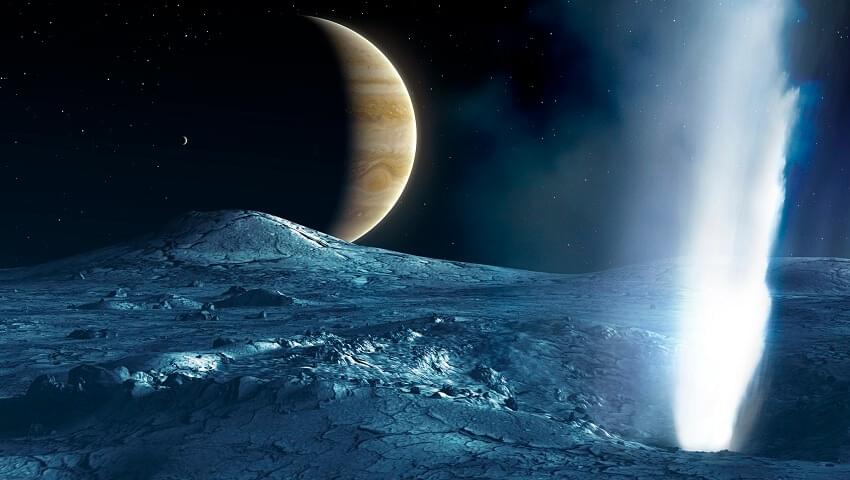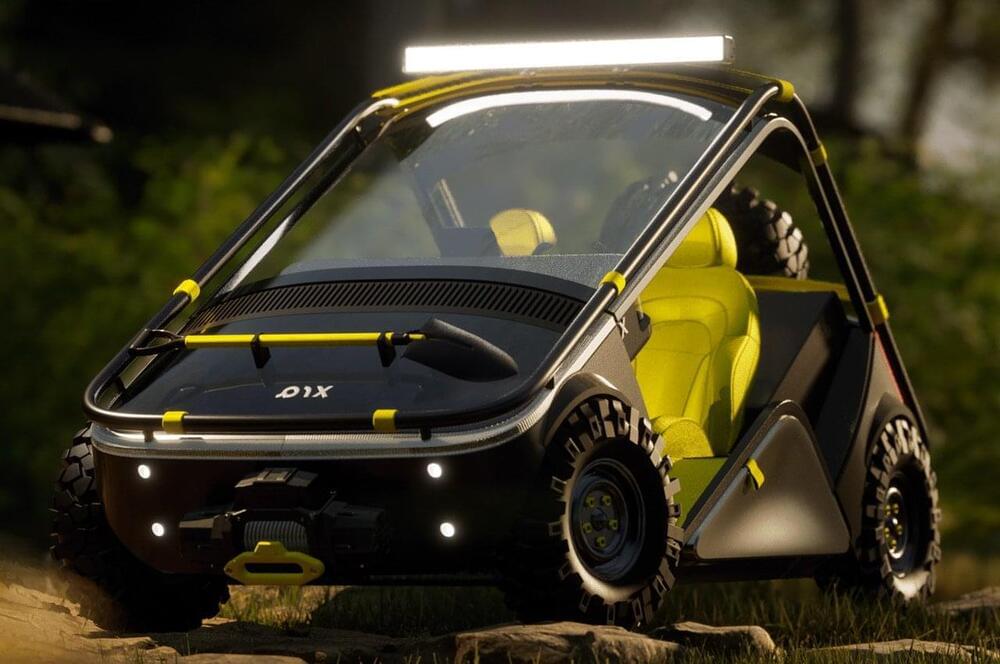From Alice in Wonderland to The Lord of the Rings, our stories have long depicted magical worlds hidden underground. Yet the most magical account of all might turn out to be reality, as scientists reveal a complex network of reactions between plants, fungi, bacteria, and more, interacting below the soil surface to support the foundations of life. At USDA’s Agricultural Research Service, one part of the research into this intricate underground world involves identifying techniques that will keep nitrogen—a vital element for plant growth—in the soil.
Like all good stories, this one has heroes and villains whose actions can wreak havoc or save us. When properly sequestered underground, some forms of nitrogen like ammonium and nitrate perform heroic feats, fertilizing the plants that we depend on for our food. Yet when they escape the soil in the wrong ways, they morph into closely-related super-villains malignant forms of nitrogen like nitrous oxide that, in the atmosphere, is 300 times more powerful than carbon dioxide in trapping heat, and lingers far longer. In fact, N2O is the largest source of greenhouse gas from agriculture. Escaped nitrogen can also get into groundwater or run off fields and into waterways; once there, it can fuel algae blooms in coastal waters that consume oxygen, harming fish and other aquatic creatures.
To keep nitrogen where it can do us the most good, a team of ARS scientists is developing new techniques for cover crop breeders. Their goal: to help the breeders identify plants whose extended underground root systems (known as the rhizosphere) are most effective at keeping nitrogen in the soil. The root systems, which include microbes that interact with the plants, secure nitrogen via a process called biological nitrification inhibition. Nitrification is a process in which nitrogen is transformed from one form, ammonium, to other forms, like nitrate. When the plants’ root systems inhibit that process, the nitrogen remains safely within the soil, benefiting plants—and those who eat them.






